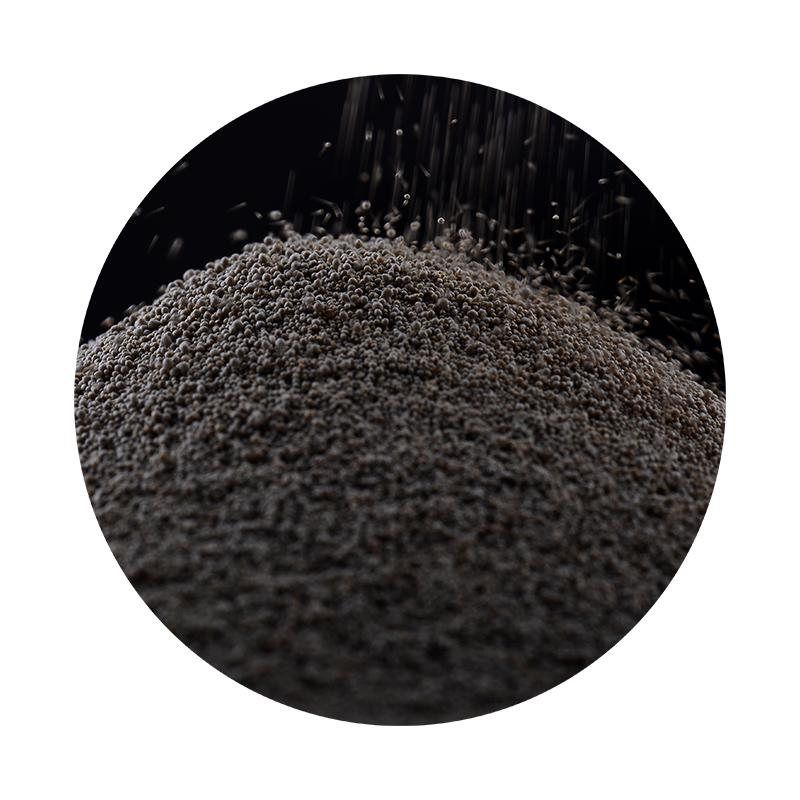Understanding the Uses of Sand Casting in Modern Manufacturing
Sand casting, one of the oldest and most versatile metal casting processes, plays a crucial role in various industries today. This technique involves creating a mold out of sand, where liquid metal is poured to create a desired shape. Its simplicity, cost-effectiveness, and adaptability make it an enduring choice for manufacturers worldwide. This article explores the diverse uses of sand casting and its significance in contemporary manufacturing.
Historical Context
The history of sand casting dates back thousands of years, with evidence of its use in ancient Egypt and China for crafting tools and decorative items. As technology advanced, so did the techniques of sand casting, evolving into a mainstream industrial process.
Industries Utilizing Sand Casting
1. Automotive Industry One of the largest consumers of sand casting is the automotive sector. Many critical components of vehicles, such as engine blocks, transmission cases, and cylinder heads, are produced using this method. The capability to create complex shapes and the requirement for durable materials make sand casting ideal for automotive applications.
2. Aerospace and Defense The aerospace industry also benefits from sand casting, particularly for producing parts like landing gear and airframe components. These parts require exceptional strength-to-weight ratios, and sand casting allows for precise creation of structures that meet stringent safety regulations.
3. Industrial Machinery In manufacturing, sand casting is used to develop various components in heavy machinery and equipment. This includes creating housings, brackets, and other essential pieces that need to withstand harsh operational conditions.
4. Art and Architecture Beyond industrial applications, sand casting remains popular in artistic sculptures and architectural elements. Artists and architects utilize sand casting techniques to produce both decorative and functional pieces that can endure the elements while adding aesthetic value.
5. Consumer Products Various consumer goods, from kitchen utensils to decorative items, can be sand cast. This versatility allows for customized designs that appeal to niche markets while being economical for mass production.
sand casting uses

Advantages of Sand Casting
The popularity of sand casting is attributed to several significant advantages
- Cost-Effectiveness Sand casting requires relatively inexpensive materials and setup costs compared to other casting methods, making it an attractive option for both small businesses and large corporations.
- Flexibility The sand casting process offers great design flexibility, allowing for the creation of intricate shapes and sizes. It can accommodate a wide range of metals, including aluminum, iron, and bronze.
- Scalability Sand casting is suitable for both low-volume production runs and large-scale manufacturing. It can be easily scaled according to production needs, making it ideal for prototype development and larger production cycles.
- Quick Turnaround Compared to more complex molding processes, sand casting can facilitate faster turnaround times. This is particularly beneficial in industries where rapid prototyping and timely delivery are critical.
Challenges and Considerations
While sand casting offers numerous benefits, it is not without its challenges. Surface finish quality may not be as high as with other casting methods, requiring additional machining processes for certain applications. Additionally, the sand mold may not be as durable as metal molds used in other processes, which can affect long-term production runs.
Conclusion
In conclusion, sand casting remains an essential process in the manufacturing industry due to its versatility, cost-effectiveness, and ability to create complex shapes. From automotive components to artistic sculptures, the applications of sand casting are vast and varied. As technology advances and new materials emerge, the relevance of sand casting is likely to endure, continuing to serve a pivotal role in both traditional and modern manufacturing practices. Its ability to adapt to changing demands makes it an exciting area for future exploration and innovation.
Post time:ਦਸੰ. . 11, 2024 06:13
Next:Combining Sand and Resin for Enhanced Durability and Aesthetic in Crafting
